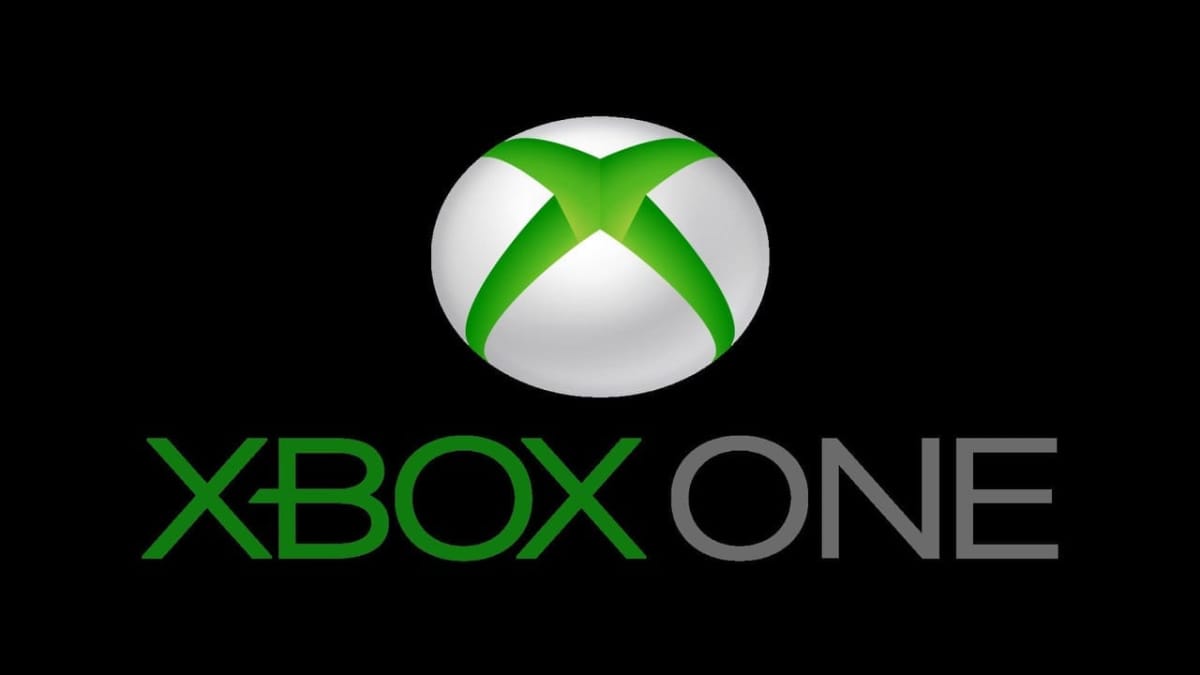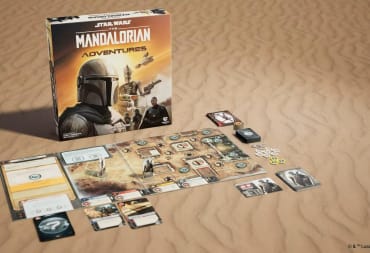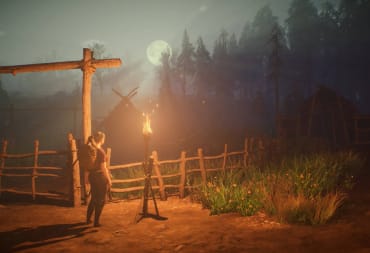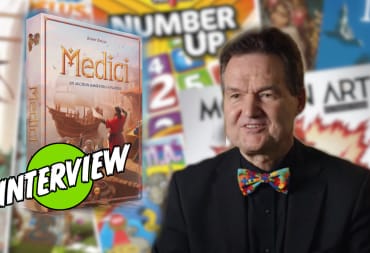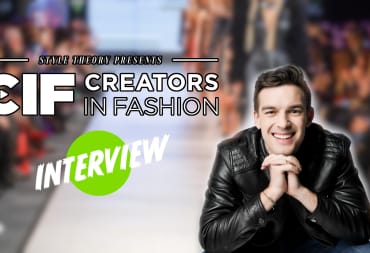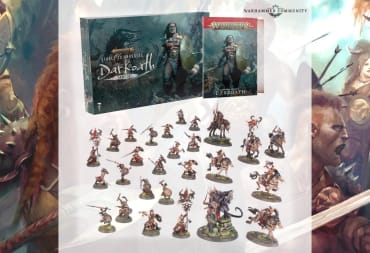The end of the seventh generation of video game consoles was nigh, and the competition heated. Xbox 360 and the PlayStation 3 both sold incredibly well, with the Nintendo Wii finding its own place in the market.
Come 2013, it was time to end the previous eight year long generation, and Microsoft and Sony were ready to show off the next big thing. Sony showed off the PlayStation 4 in February 2013, which was well-received. Microsoft had to truly impress if they were going to continue a contested console war.
It's been five years since the announcement of Generation Eight. This time, we're going to look at the rocky history of the Xbox One.
A Monumental Blunder
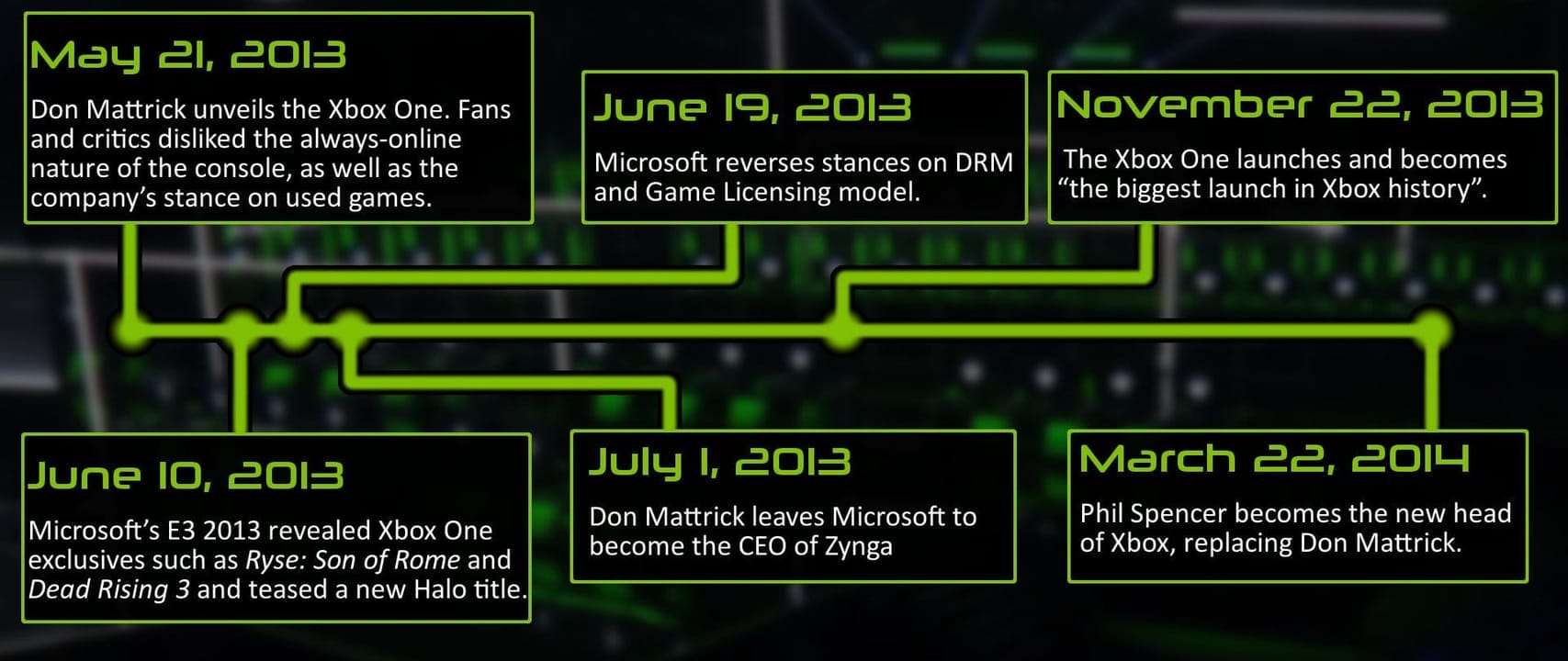
Xbox boss Don Mattrick revealed the Xbox One on May 21, 2013. What was supposed to be an exciting event turned into a PR disaster that Microsoft is still recovering from to this day.
The presentation focused less on games than critics and fans would have liked. Instead, the multimedia capabilities were displayed in tandem with the mandatory usage of Kinect. They emphasized hands-free interactivity, at the cost that Kinect was always on. The question of an Xbox One owner's privacy was immediately raised by critics.
This drew comparisons to Big Brother. There was a legitimate fear by consumers that their privacy was in jeopardy if they used an Xbox One. The Kinect has facial and voice recognition features, which could be used to theoretically "spy" on Xbox owners. To make matters worse, this announcement came around the same time of the NSA and Edward Snowden crises. The American people's concerns for privacy were at an all-time high.
Another major concern was the Xbox One's requirement of an internet connection to use the cloud. The benefits of the cloud were substantial, allowing automated updates and game storage, among other things, but its connectivity requirement was not practical for many consumers.
If players couldn't remain online consistently, they still had to have an internet connection at least once every 24 hours to play any of their games. The idea behind this was that games were bound to a license, and to verify that license, there was an authentication process. Say someone had no internet, they would be out of luck. Don Mattrick's response to this is regarded as another huge PR disaster:
"...fortunately we have a product for people who aren't able to get some form of connectivity; it's called the Xbox 360."
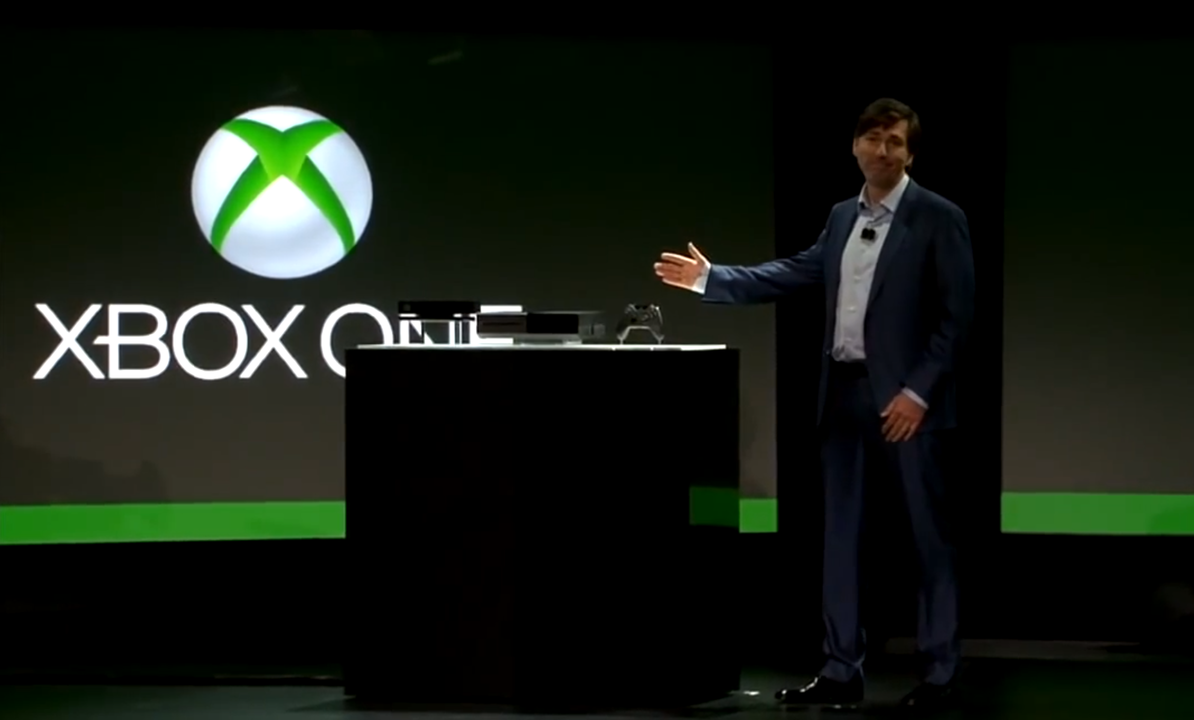
This reveal even managed to put a sour taste in indie developer's mouths. Microsoft required indie developers to either launch their game at the same time as other platforms, or it couldn't come to Xbox One at all, period. This was perhaps some way of ensuring fairness for its consumers, but indie developers found a more welcoming home at PS4.
By E3, Microsoft knew they made a mistake with its notorious policies. Still, it wasn't until about a week after E3 2013 that the changes came into effect. Microsoft reversed their policies on DRM and game licensing, which was a step in the right direction. The constant internet connection was no longer required, thereby allowing Xbox owners to play a game anywhere, as long as it was on the disk.
The removal of game licensing assured customers that they could trade and re-sell their old Xbox One games. It proved that the team at Xbox was listening, but irreparable damage had been done at that point.
Just a few months after the console's reveal, the face everyone associated with the Xbox One departed from Microsoft unexpectedly. Don Mattrick left to become the CEO for Zynga.
In Mattrick's absence, the Xbox One still had a solid first day. Microsoft released a statement the day after it released, saying "it was the biggest launch in Xbox history" and exceeded more than one million sales in less than 24 hours.
What Xbox needed was a well-liked individual, and someone who was as passionate about games as its fanbase. In March 2014, Microsoft found its new Xbox boss, who would hopefully pave the way for a brighter future: Phil Spencer.
Picking Up The Pieces
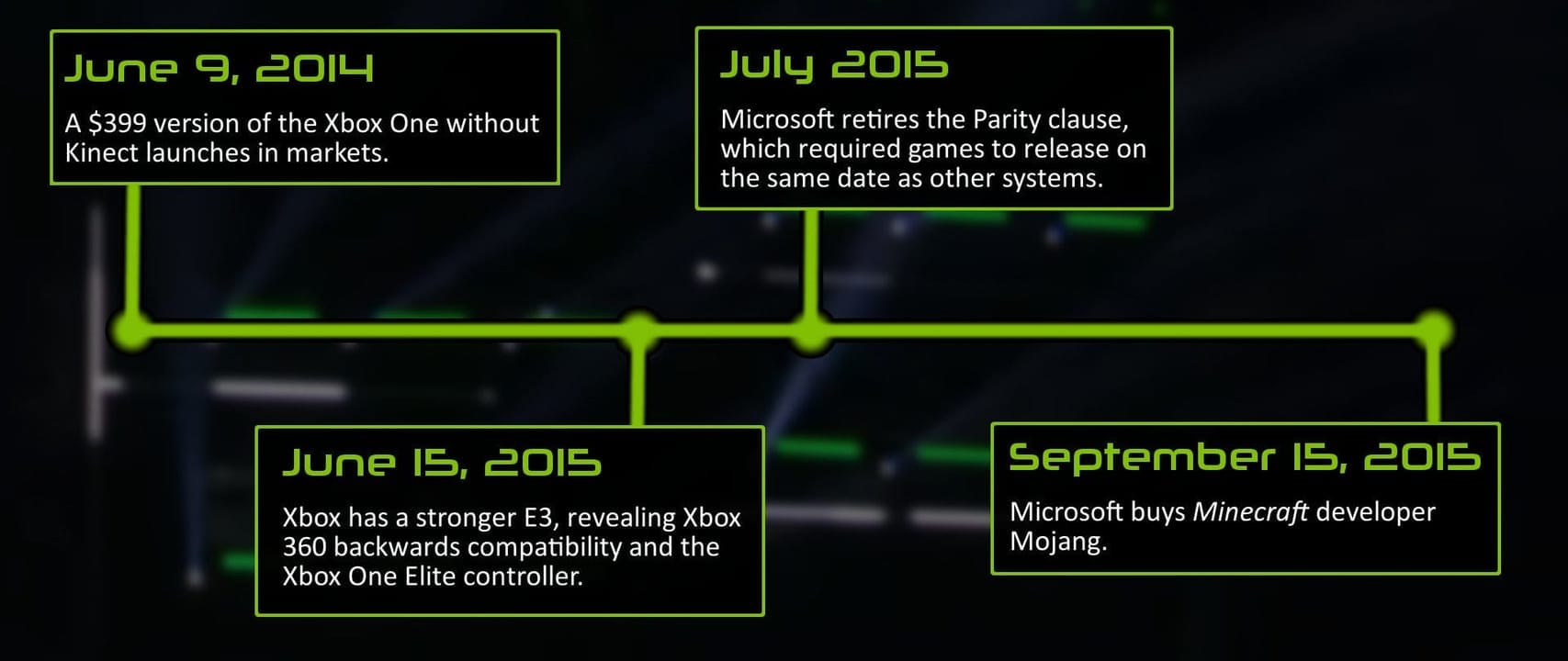
Less than a year after release, a $400 version of the Xbox store hit shelves. This package reversed another criticized feature of the Xbox One: a mandatory Kinect. The Xbox no longer needed the device to function, although the company's original vision was to allow the Xbox One to be, in addition to a gaming platform, a hands-free media center.
It also allowed for Microsoft to be more competitive with the $400 PS4. The original price point was another driving factor in many abandoning the Xbox brand and buying a PS4.
The launch disaster led to a less exciting E3 in 2013, but with Phil Spencer as the new head, Xbox vision shifted. The game offerings were strong, and the focus became less an all-in-one multimedia machine and more a gaming machine.
Appearing at E3, Microsoft's most iconic franchise, Halo, made a return. Halo: The Master Chief Collection contained all four games with John 117 and a graphically remastered Halo 2. The announcement of Halo 5: Guardians instilled hope in hardcore fans of the series. The addition of Sunset Overdrive, Ori and the Blind Forest, and more added some much-needed excitement for the future.
This era was the Xbox renaissance fans were looking for. E3 2015 announced that the Gears of War franchise would make its return with a fourth game, taking place 25 years after the end of the trilogy. Rare also made a much-anticipated appearance at E3 2015 with the announcement of Rare Replay, a collection featuring 30 titles including Banjo-Kazooie and Viva Piata. The brand new title by Rare, Sea of Thieves, was also teased, which excited many fans.
The console even became more enticing for indie developers. The retirement of the parity clause allowed for indie representation on the console. Even still, many indie developers remained with a Sony/PC release for their games. Still, the stigma that Xbox was anti-indie still remained.
As important as games are though, they couldn't carry a console to victory without the help of technological innovation. Microsoft was originally reluctant to include backwards compatibility. The technology proved an issue, but the Microsoft team wowed audiences by making both Xbox 360 games backwards compatible. The Xbox Elite Controller was another popular announcement. Although it was quite pricey, it became an enticing option for hardcore gamers.
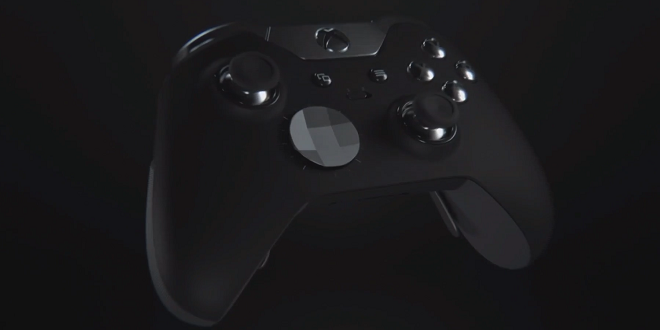
Despite Spencer's new vision and strong E3 showings, the Xbox couldn't catch up in sales. By 2015, PlayStation sales had far exceeded both the Wii U and Xbox One. With around 12.5 million units sold for the Xbox One compared to PlayStation 4's 22 million, Microsoft's Xbox One price cut still couldn't give them an edge on the competition. The price of the Xbox One was reduced by another $50, while a 1 TB Xbox One sold for $400 in 2015. Later that year, Microsoft stopped reporting Xbox unit sales altogether.
Hitting Its Stride
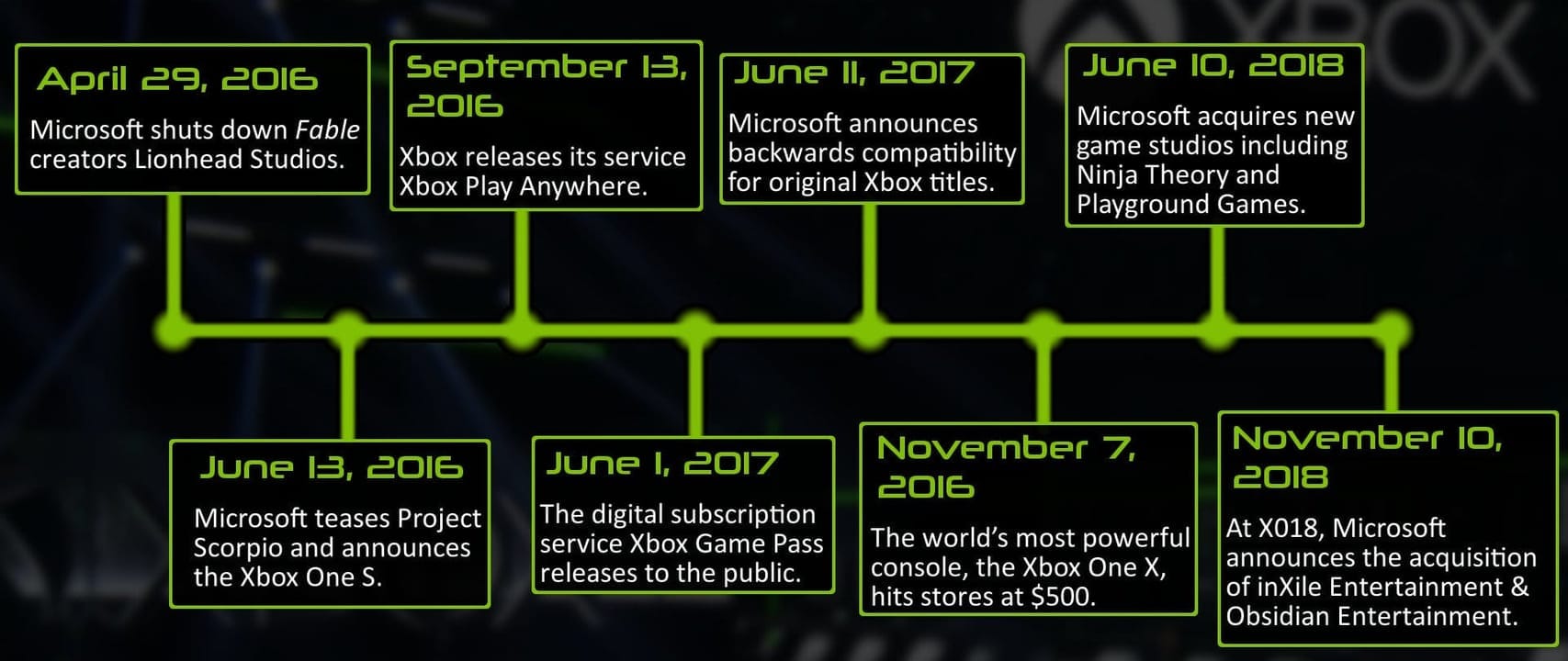
Microsoft seemed to have learned from past mistakes. Still, in 2016, Microsoft closed down a beloved studio. Lionhead Studios and their Fable franchise was one of Xbox's most coveted acquisitions. By shutting down Lionhead, the upcoming Fable Legends died with the studio.
Although that remains a major disappointment, Xbox started to embrace a new identity come 2016. The launch disaster still lingered in the minds of many, but the company owned up to it and rolled out new services and tech.
While the slimmer, more powerful Xbox One S is a typical addition to any console's lifespan, what really captured the attention of consumers and critics alike was "Project Scorpio," which turned out to be the Xbox One X. Touted as "the world's most powerful console," it allowed for games to look better than ever and utilize modern hardware to maximum effect.
If the Xbox One X was a peek at the future power of upcoming next-gen consoles, the Xbox Game Pass program might be representative of the future of gaming. It's like Microsoft's own Netflix, except for games. The library offers up over 100 games that can be downloaded on demand by the customer, playable as long as they subscribe to the $10 service. Many speculate that the "games as a service" model is the future. With both EA Access (an exclusive unlimited service that provides EA games for a subscription fee) and Games Pass, it looked like another positive shift and a possible indicator of things to come.
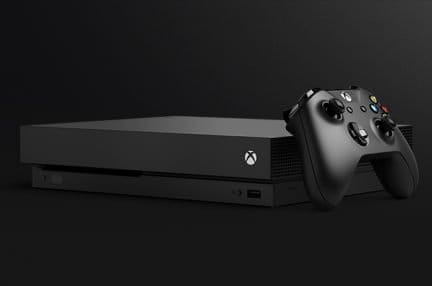
Even the Xbox Play Anywhere program was unprecedented. Certain games bought digitally on either the console itself or the Microsoft Store could be played on either platform. Saved data transfers between both the Xbox and PC, so there was versatility in how you could play.
Xbox has taken full advantage of both Play Anywhere and Game Pass. Many of its exclusive titles like Halo 5: Guardians, Gears of War 4, and Cuphead made their way to one or both of the platforms.
Many of Xbox's exclusive games started to either launch or appear on these services. In 2018 and beyond, expect even more with Microsoft picking up several game studios including Ninja Theory and Playground Games. They also formed The Initiative, a brand-new developer working on yet-to-be-announced titles.
Later that year during X018, they announced two other acquisitions: Obsidian Entertainment, and InXile.
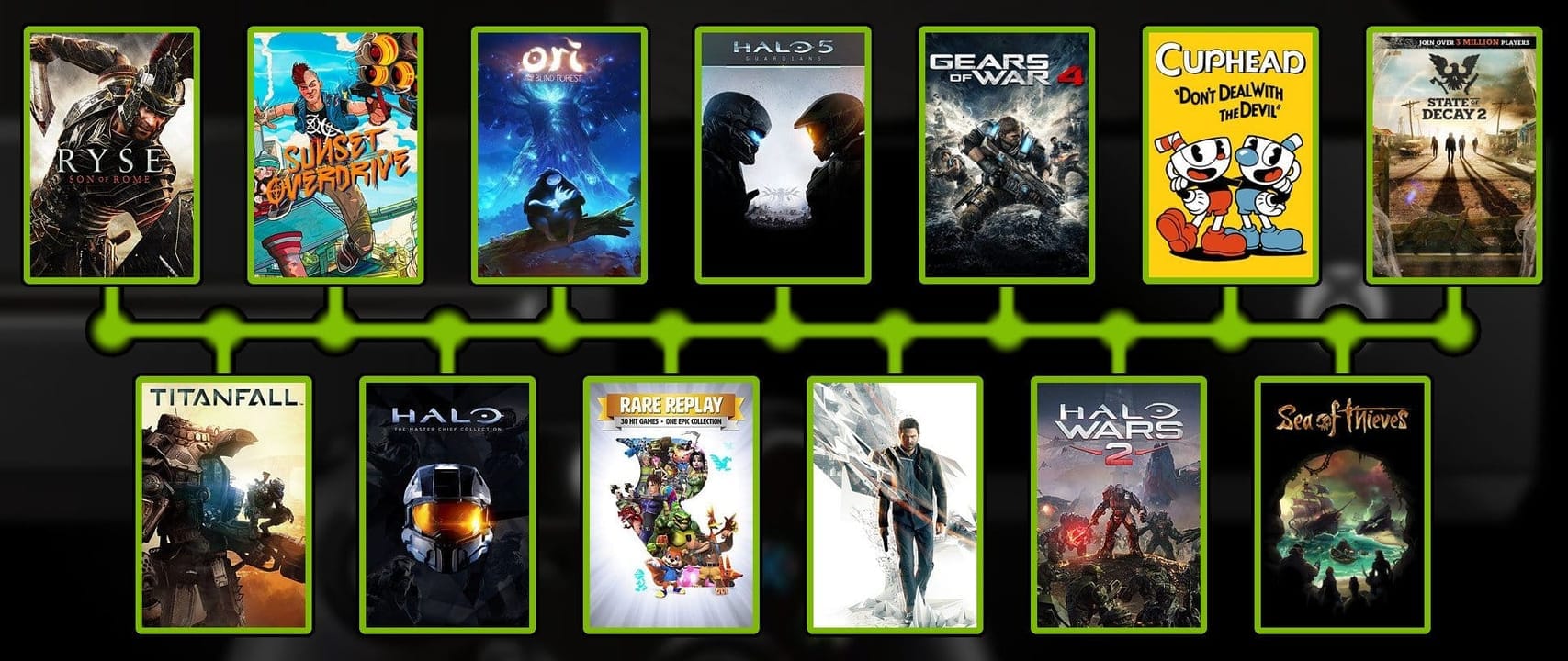
A Game-filled Future
In less than a year, Xbox first-party developers have more than doubled. The company could be preparing an all-out war for next generation. They've taken quite a few steps in the right direction since the console's reveal in 2013, but it's been a tough road.Still, Xbox fans have a lot to look forward to next year. We,'ll see Crackdown 3 and hopefully Gears 5 and Halo: Infinite some time after.
Xbox took a hit right from the start with a sloppy reveal. It took years to recover, but the console finally hit its stride after it found its identity. It can't compete with PlayStation 4's sales, but Microsoft's dedication to releasing new services and constantly innovating the console's technology sets a wonderful precedent for the console's future.
Have a tip, or want to point out something we missed? Leave a Comment or e-mail us at tips@techraptor.net
